I have long been a "self-talker." You know, someone who wanders around and muddles things under his breath. Except, I don't muddle. I have full-on, full-throated conversations with myself, complete with gesticulations. Just so you know, this is not a once-in-a-while thing; I do it ALL THE TIME!
My family marvels and mocks at my ability to carry on long conversations with myself. I hold court on subjects large and small, important and not, alone and in the presence of others.
I want to blame my quirky habit on the "speaking for a living thing," but to be honest, I have been doing this my whole life. Truth be told, while my family believes I require serious professional help, I see it as perfectly normal.
But lately, my conversations have changed.
My friend, Jeff, recently turned me on to a man named Bob Goff. Bob is a self-described "recovering lawyer" who walked away from his law firm partnership and millions of dollars to devote his life to helping others. His story is as fantastical as it is inspiring. You really should check him out.
Suffering from a little "pandemic fatigue" and always on the lookout for inspiration, I Googled Bob's name and came upon a podcast he did with Lewis Howe
Within minutes I was hooked, and by days end, I was headed to the local bookstore to get a copy of his latest book. As I write this, I am just starting the book that launched it all Love Does.
Mr. Goff is a man after my own heart. He is a cross between a spiritual sherpa and the crazy uncle you loved as a child. You know, the one who was full of life, served you ice cream for breakfast and was always a willing and available participant in whatever adventure you were concocting. Bob Goff is life personified.
As part of the podcast, Bob admitted that he, too, is a self-talker! YES! Validation of my condition and proof that I was not alone in my craziness. Furthermore, I can use his fame and notoriety to throw it in my family's face and prove to them that my self-chats indicate intellectual prowess and general good looks.
Yes, like me, Bob is a self-talker. But, unlike me, Bob doesn't talk to his current self. He talks to the person he will be ten years from now.
What?!
"If you can think of who you're gonna be ten years from now, let that person inform what you're doing right now." – Bob Goff
His rationale is, "How can you be the person you want to be unless you know where they are and how they got there?" His theory is that you become a different version of yourself every ten years, and at 62, he is version 6.0. He has little interest in version 6.0; he already knows who and where that person is. He wants to know where version 7.0 is. That's the good stuff! Version 7.0 is the better version—the more enlightened, smarter, gentler, wiser, and better version of his current self.
The moment he said that, I was hooked. At 52 (v 5.0), where was Scott v 6.0? What did he know, and how did he get there? What changed, and what remained the same from the previous version?
Most important, was he proud of Scott v 5.0?
For the past five months, this has become my mantra, my mission, and my driving force. Make Scott 6.0 proud! Through this pandemic, I attempt to live my best life and do my best work every day. No fear, no regret, no angst, and no doubt. Just an unyielding pursuit to make my future self proud. It hasn't always been easy, but it has made an impact on my life.
The danger, physical and otherwise, of COVID-19 is real. The collateral damage to our personal and professional lives is undeniable. Your program (and you) are likely currently struggling in a way that was unimaginable just seven short months ago. There is no denying or changing this fact. But, we can change how we approach and respond to it.
You have every right to be concerned. You are justified in fearing for the future of your program. It would be understandable if you ended every day curled up in a corner, wondering how you can possibly teach this way one more day and wondering if it will ever end. That is a rational and normal response to the isolation brought upon us by COVID-19.
Except, you are not isolated. You are not alone. You have a friend and an ally in YOU!
Yes, the next and better version of you is alive and well, cheering you on, and showing you where to go and how to get there. They are unwavering in their support and are your biggest cheerleader. They are proof-positive that you will get through this, and there are better days ahead. They are you; smart, tenacious, caring and committed.
I believe that. I am trying to live that. So, if you see me driving down the road or hustling through an airport, it is entirely likely you will see me having a full-on conversation with myself, not the current me, but the me I want to become. Through all the words and gesticulations, I am likely asking one fundamental question:
"Am I making you proud?"
As long as the answer is "Yes!" I know I am living my best life.
Have a great week.
p.s. At the end of each of Bob's books, he publishes his cell number in case you want to chat. Mine is (480) 577-5264. Feel free to use it when needed.









